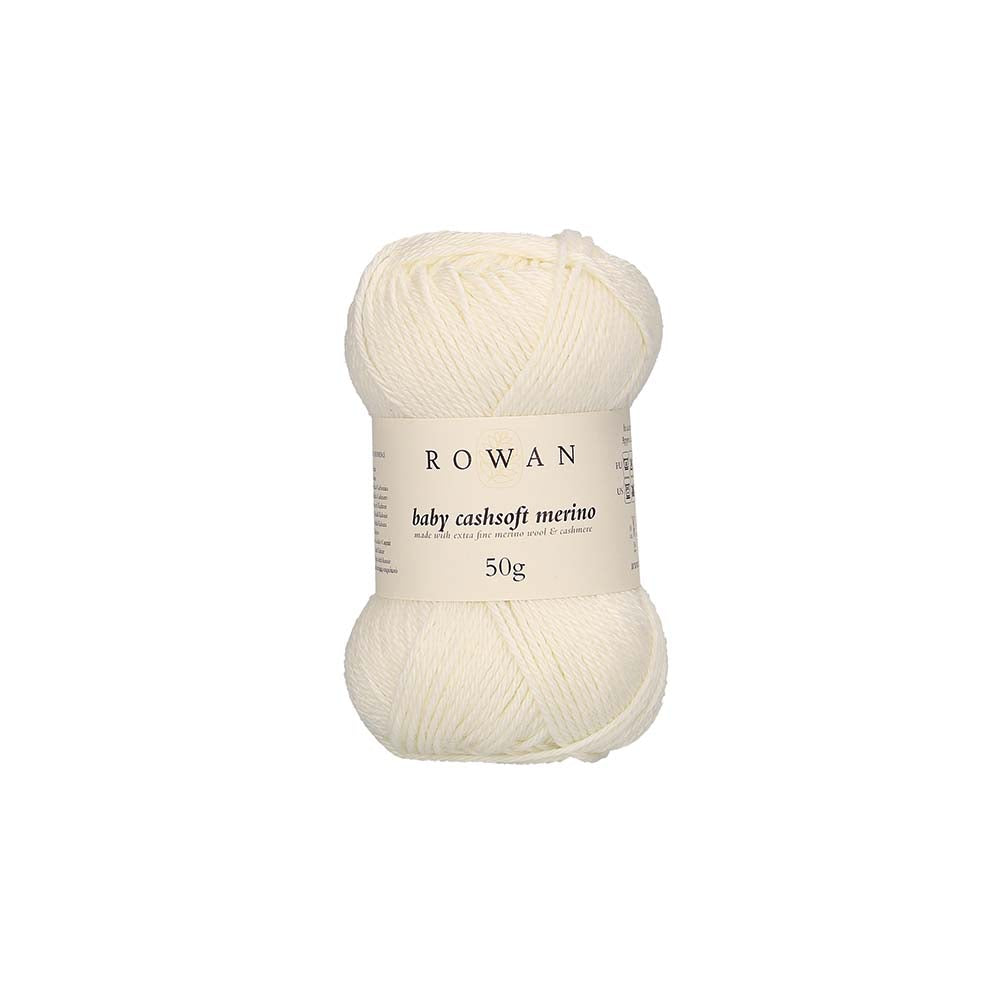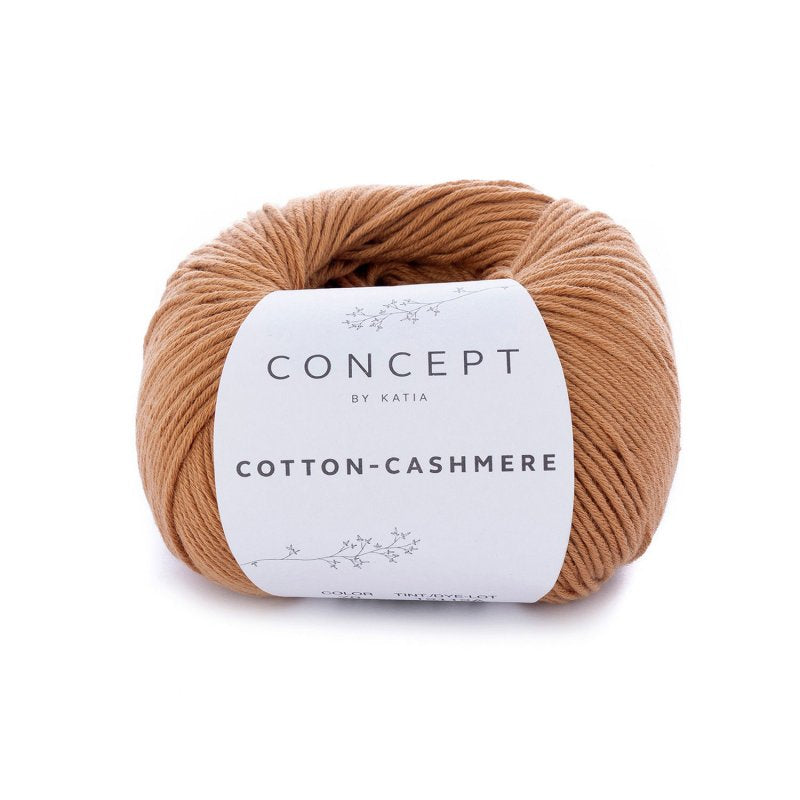Discovering What Material Is Cashmere and Its Role in Luxury Clothing
Wiki Article
Reasons You Should Need Cashmere a Natural Fiber for Comfort and Sophistication in Everyday Use
In the world of textiles, couple of fibers measure up to the deluxe and convenience of cashmere. This one-of-a-kind product, recognized for its exceptional softness and insulation, provides unmatched comfort and style for everyday wear. Yet what sets it besides other fibers? Just how does it impact the atmosphere and exactly how does it compare to synthetic choices? Exactly how can one best utilize cashmere to boost their style? These interesting concerns lay the foundation for an informing exploration right into the world of cashmere.Comprehending the Extravagant Nature of Cashmere

Assessing the Convenience Element of Cashmere Attire
What high qualities underline the convenience element of cashmere garments? The softness of cashmere is the first top quality to think about. Its luxurious texture makes it seem like a second skin, providing warmth without the weight or itching connected with other woollen items. Cashmere's one-of-a-kind fiber framework enables for breathability, managing temperature level and stopping getting too hot. The product's versatility and resilience make sure that it mold and mildews versus the body comfortably, keeping its form gradually. Cashmere's hypoallergenic homes additionally add to its comfort, making it an excellent choice for sensitive skin. The ability to layer cashmere items without thickness increases the convenience aspect. Basically, the convenience of cashmere is stemmed from its soft qualities, breathability, sturdiness, hypoallergenic nature, and adaptability.
The Environmental Effect and Sustainability of Cashmere
While the comfort and beauty of cashmere are certainly appealing, it's similarly important to consider its relationship with the environment. Cashmere production, largely in Mongolia and China, involves elevating cashmere goats, which can significantly stress vulnerable grassland communities because of overgrazing. This can result in desertification, a pushing environmental issue. The handling of cashmere, entailing dyeing and washing, can also add to water air pollution if not appropriately handled. Initiatives are being made to develop lasting cashmere production methods, such as rotational grazing and cleaner handling methods. While cashmere has ecological influences, its sustainability mostly depends on production methods.Comparing Cashmere to Artificial Fibers: A Cost-Benefit Evaluation
In spite of its ecological obstacles, cashmere offers an unique collection of advantages over synthetic fibers. Cashmere's natural fibers offer exceptional soft qualities and heat, equating right into convenience that artificial fibers struggle to match. Unlike synthetic fibers, cashmere does not add to microplastic contamination, making it a much more sustainable option.Styling Tips With Cashmere for Everyday Beauty
Having taken into consideration the cost-benefit evaluation of cashmere contrasted to artificial fibers, it becomes clear why this glamorous material is a favored selection for numerous. When styling cashmere for daily beauty, simplicity is key. A cashmere coat, for example, can be coupled with customized trousers or a sleek skirt for a trendy, put-together look - cashmere fibre. For a more laid-back ensemble, a cashmere cardigan put on over a basic t-shirt and pants exhibits effortless style. Accessories can additionally elevate the look: a statement locket or headscarf can include a pop of color to is cashmere a natural fiber a neutral cashmere piece. Eventually, the integral style of cashmere makes it a versatile addition to any closet, effortlessly enhancing everyday attire with a touch of high-end.

Verdict
In enhancement, cashmere's sustainability and lower environmental impact contrasted to artificial fibers further enhance its charm. Investing in cashmere garments is a worthwhile decision for sustainability, design, and comfort.
Report this wiki page